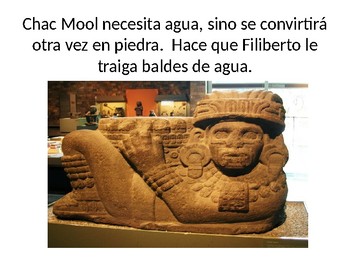

The next chapter examines the development of anthropological approaches, specifically that of Edward Tylor and Andrew Lang, and the content of Vafþrúðnismál and Vǫlospá. It will be shown that Müller’s ideas are difficult to apply, with only Skírnismál being particularly receptive. The examination begins with the etymological approach of Max Müller and his applicability to Alvíssmál, Skírnismál and Lokasenna. The goal is to develop a greater understanding of how specific theories can or cannot be applied to certain mythological poems that are contained with the Poetic.

This study is an examination of the major theories concerning mythology that were popular in the United Kingdom from the mid-nineteenth century to the early twentieth century and the ways in which they can be applied to Old Norse myth.

This is one reason why I have begun with Chakrabarty’s reading of Marx.

Such, it seems to me, was the kind of critical space once opened up in England by the practices of “history from below” and cultural studies, and now offered up anew by a post-Gramscian concept of the subaltern as refashioned by Indian critical historians in their critique of the imperial political (state) economy (capital) of history. Here Chakrabarty gives this political story an economic twist, rereading commodification and value (abstract labor time)-the time of capital-as the site for possible rememoration rather than reification (forgetting) and finding alternative histories in the heartland of ideology-in other words, cultural practices rather than mere false consciousnesses. The presence of the subaltern within its historiography is thus defined by its negativity. From the subalternist perspective of Guha and his colleagues, History as an institutionalized practice of writing emerged as a regulative apparatus of the colonial state in India.
Chac mool carlos fuentes analisis code#
Chakrabarty (1996, 61) continues:īut this “outside” of the time of capital encoded as history, Chakrabarty insists in a Bhabhian rhetorical formulation, is grafted into the category of capital, “fractur from within the signs that tell of the insertion of the historian (as a speaking subject) into the global narratives of capital”: “I think of it as… something that straddles a border-land of temporality, something that conforms to the temporal code within which ‘capital’ comes into being while violating it at the same time, something we are able to see only because we can think/theorize capital, but something that also reminds us that other temporalities, other forms of worlding, co-exist and are possible” (62). From a subalternist point of view, however, they mark the place of what Guha (1983, 36) calls a “semiotic break” with such disciplinary history, and of alternative memories and nonsecular temporalizations of experience, as well as alternative futures. Such heterogeneous social forms (“worlds”) are thus only ever, for example, precapitalist from the point of view of capital’s self-narration in a Eurocentered historicism-in Chakrabarty’s words, “secular History”-and its nation-based teleologies of progress (be they evolutionary or developmental) as they are imposed through colonialism. “If ‘real’ labor… belongs to a world of heterogeneity whose various temporalities cannot be enclosed in the sign History,” he suggests, “then it can find a place in a historical narrative of capitalist transition (or commodity production) only as a Derridean trace of something that cannot be enclosed, an element that constantly challenges from within capital’s and commodity’s-and by implication History’s-claim to unity and universality” (Chakrabarty 1996, 60). Just as his Subaltern Studies colleague Ranajit Guha (1983) recovers the trace of subaltern agency in the historical narratives of the colonial and postcolonial Indian states, Chakrabarty here reflects also on the coexistence of different temporalities within the time of capital: the temporality of commodified abstract labor that, in his view, underpins imperial history writing, and the heterogeneous temporalities of subaltern “real” labor that capital subsumes and overcodes, but which it cannot quite contain. In “Marxism After Marx: History, Subalternity, and Difference” (1996), the Indian historian Dipesh Chakrabarty provides a subalternist reading of the historicity of capital.


 0 kommentar(er)
0 kommentar(er)
